Forcepoint DLP is a data protection solution that guards against accidental or intentional damage to data and all types of data theft events. The DLP, in its name, stands for data loss prevention, which is a standard cybersecurity term for systems that protect data
Your data needs to be protected against outsiders who want to get in and access it and also insiders who either unintentionally, by design, or because they’ve been blackmailed or duped, might try to change, delete or steal your data.
Forcepoint LLC, the producers of Forcepoint DLP, has been owned by Francisco Partners, a private equity firm, since January 2021. The partnership bought the company from Raytheon, who created the business in 2015 by merging Websense with two acquisitions from Intel: Stonesoft and Sidewinder. Both Stonesoft and Sidewinder were firewalls systems that Intel bought from McAfee.
Through acquisitions, Forcepoint added on more security systems and distilled its expertise into five security products, including Forcepoint DLP.
Forcepoint DLP can detect and protect personally identifiable information (PII), protected health information (PHI), and intellectual property (IP).
What does Forcepoint DLP do?
The services of Forcepoint DLP fall into four categories:
- Data Protection Fundamentals
- Data Protection Unification
- Behavioral Awareness
- Automation & Ecosystem
We will look at the components of these categories.
Data Protection Fundamentals
This category lists the core strategies of the Forcepoint DLP approach.
- Drip DLP This technique tracks all data outflows, recording each bit of data that leaves. It might be permissible and necessary to let individual records in a collection pass out of the system. However, this also allows data thieves to steal a large amount of data over time. The Crip DLP system raises an alert if a specified percentage of a collection has been transferred out by stealth piece by piece.
- Cloud protection expresses the service’s ability to watch over cloud data stores with the same methods applied to on-premises storage locations.
- Native remediation This service can implement orchestration to both detect and block data exfiltration. This means changing firewall rules to block activity from a specific IP address, suspending use accounts in an access rights manager, or using the operating system to kill malicious processes.
- Data discovery across all environments The discovery service is automatic and continuous. It explores the enrolled systems for data storage locations.
- Structured and unstructured data fingerprinting This tracks related fields that individually do not represent a security risk but constitute a serious disclosure if exfiltrated together. The movement of these related fields is then closely tracked.
- Optical Character Recognition (OCR) The Forcepoint system can scan document images for critical pieces of information and index those pieces of data into its data management strategy.
- Cloud app protection Let this automated service scan for cloud-based apps accessed by your users. Make sure only authorized apps are in use and that they are secure.
- Alert prioritization With this system, you can avoid getting bogged down with minor issues while more significant problems lie at the back of the queue. Severity ranking draws attention to the critical issues.
Data Protection Unification
Forcepoint DLP isn’t restricted to monitoring one location.
- On-prem, cloud, and hybrid deployment Cover multiple sites and cloud platforms with one account.
- Uniform policy enforcement Set a security policy for different categories of data and apply it across all platforms and locations.
- Integration across web, email, network, endpoint, and cloud All communication channels are monitored for data movements.
- Converged network and endpoint protection Forcepoint DLP involves both network and host monitoring.
- Single console control across all environments Get live, aggregated activity feedback on the dashboard’s home screen and drill down to individual locations and events.
- Off-network policy enforcement Endpoint agents continue protection even when the device is unreachable over the network.
Behavioral Awareness
- Native, behavioral analytics A user and entity behavior analytics (UEBA) module establishes a baseline of regular activity by profiling the behavior of each user account and the normal processes on each device.
- Risk-adaptive protection This is implemented by Dynamic Data Protection, which was launched as a separate module but is not part of Forcepoint DLP. It pre-sets the detection of your DLP system by your security policy goals.
- Risk-based policy enforcement Closely related to the risk adaptive protection system, this service implements remediation according to your risk-related security policy.
Automation & Ecosystem
- Automated policy enforcement The dashboard includes a policy setting, which you can create from scratch or set up by selecting a pre-set format from a template library.
- Compatibility with classifications vendors You can use a third-party data categorization tool with this system.
- Database support flexibility Protects data stored in databases.
Forcepoint DLP deployment options
Forcepoint DLP is a cloud-based SaaS service, which requires an agent service to be installed on the site or platform that the system is protecting. It is also available as an appliance, and it can be set up as a virtual appliance on a cloud platform, such as Azure or AWS, or your site, running over a VM.
You can access Forcepoint DLP on a 30-day free trial.
Forcepoint DLP Pros and Cons
Pros:
- A data discovery system that locates PII, PHI, and intellectual property
- A cross-platform system
- Protects data on cloud platforms as well as on sites
- Available as a SaaS platform, as a physical appliance, or as a virtual appliance
- Offers pre-set policies for data privacy standards compliance
Cons:
- Relies on third-party tools for data categorization
Alternatives to Forcepoint DLP
Forcepoint DLP is an excellent data protection system, and the flexibility of its deployment options make it even more attractive. However, this is not the only data loss prevention system available, and it is advisable to check out a few options before committing to one particular service.
What should you look for in a Forcepoint DLP alternative?
We reviewed the market for data loss prevention systems and analyzed the options based on the following criteria:
- Coverage for multiple sites
- The ability to amalgamate monitoring for on-site and cloud hybrid systems
- Data discovery and classification service for sensitive data
- Options for a hosted SaaS service or a software package for installation
- Built-in data privacy standards compliance
- A free assessment period in the form of a free trial or a demo system
- Value for money, represented by a good deal for the functions offered
With these selection criteria, we select a good range of options.
Here is our list of the five best alternatives to Forcepoint DLP:
- Symantec Data Loss Prevention An on-premises package includes data discovery and classification for sensitive data and a complete protection system. Available for installation on Windows Server, Linux, or over a VM.
- Endpoint Protector A cloud-based data loss prevention system with endpoint agents for service continuity. This system monitors and controls exfiltration points through modules that run on Windows, macOS, and Linux.
- ManageEngine DataSecurity Plus A combined vulnerability manager that gives recommendations for security tightening and data loss prevention service. It runs on Windows Server.
- Digital Guardian DLP This data loss prevention platform monitors endpoints and networks to control and block data movements. This is a cloud-based system with endpoint agents for Windows, macOS, and Linux.
- Teramind DLP A cloud-based data loss prevention system that includes user and entity behavior analytics and insider threat assessments.
You can read more about each of these options in the following sections.
1. Symantec Data Loss Prevention
Symantec Data Loss Prevention monitors endpoints, networks, storage devices, and cloud platforms. In addition, this system includes a discovery and classification service for sensitive data. This is an on-premises package, but it can amalgamate data protection on several sites and cloud platforms.
The service watches over file servers and databases and monitors file transfer activity, USB ports, printers, faxes, emails, and Web activity to block data exfiltration. It will also monitor cloud syncing services, such as OneDrive or Dropbox.
This system implements data control according to a specified security policy. These can be implemented by setting rules manually or by selecting a format from a library. The Symantec system offers templates for all of the significant data privacy standards. The service can also encrypt files and control access through decrypting user accounts. In these cases, all access is logged.
The Symantec Data Loss Prevention package is available for Windows, Windows Server, macOS, and Linux installation.
Pros:
- Discovery and classification for sensitive data
- Monitors data movements on-site and cloud platforms
- Includes control of cloud services, such as Gmail and Office 365
Cons:
- No free trial
- Needs updating for Windows 10
2. Endpoint Protector
Endpoint Protector operates from the cloud but is implemented on endpoints. That means this is a split system with the server and its dashboard offered as a SaaS platform and endpoint agents controlled by that central system. Thus, each endpoint is fully monitored and controlled individually, while detection and response are coordinated throughout the enterprise.
The server performs an audit on your access rights management system and facilitates your security policy choice. The system then sends instructions to endpoints to discover sensitive data and classify it. The security policies are implemented through the application of specific access rights to particular data locations. For example, endpoint Protector will apply encryption to files to control access to them.
This data loss prevention service performs user and entity behavior analytics (UEBA) to establish standard activity patterns per user account and device. It raises an alert if activity deviates from this standard. The service also controls data movement onto USB memory sticks, printers, and through emails and file transfers.
Endpoint Protector is a good choice for a Forcepoint DLP alternative because it can consolidate data protection for multiple sites and cloud platforms. The wide range of deployment options for this DLP system matches those offered by Forcepoint. In addition, the data classification system of Endpoint Protector is fully integrated into its data discovery tool and is constantly active.
Pros:
- Includes a discovery and classification service for sensitive data
- Encrypts files to control access
- Scans access rights management systems for weaknesses
- Constantly monitor endpoint, network, and cloud activity
- Controls data movements on printers, emails, and USB ports
Cons:
- Could include a full SIEM
You can choose to subscribe to the hosted SaaS system of Endpoint Protector or activate it as a service on AWS, Google Cloud Platform, or Azure for a fee. It is also possible to get the software and run it on our server as a virtual appliance. The endpoint agents are available for Windows, macOS, and Linux. Access a demo to assess the service.
3. ManageEngine DataSecurity Plus
ManageEngine DataSecurity Plus includes system hardening and constant data access monitoring, with both systems running continuously and simultaneously. In addition, DataSecurity Plus assesses user accounts and permissions in your access rights manager. This recommends more robust data access controls, which will make your security processes easier to implement. You then set up security policies in the central console of DataSecurity Plus.
This package conducts data risk assessments and can be tailored to specific data protection standards. The tool will scour your entire network, reaching all endpoints to search for stores of sensitive data. The coverage you get with DataSecurity Plus Can extend to other sites and cloud platforms. Once data has been found, the service implements a data sensitivity categorization phase.
Th DataSecurity Plus package includes file integrity monitoring, which provides for access controls and action logging. In addition, monitors watch USB ports, emails, and file transfers to enforce security policies on data movements.
Pros:
- Access rights management assessment and risk analysis
- Discovery and classification of sensitive data
- Control of USB ports, emails, and file transfers
Cons:
- The package is split into four individually priced modules
ManageEngine DataSecurity Plus runs on Windows Server, and you can get it on a 30-day free trial.
4. Digital Guardian DLP
Digital Guardian DLP is a cloud-based service that uses device agents to collect data and implement data controls. The endpoint systems can also operate independently should the device get disconnected from the network. This service also scans networks and internet transactions.
The service will analyze your access rights management system and recommend a better permissions structure. Next, you create security policies that dictate how sensitivity ratings should be controlled for each data type. These policies can be set in one go by applying a template from a library that caters to a specific data privacy standard.
The service sweeps devices and services, looking for data locations. It then classifies each data item by a sensitivity grade. This service protects PII and intellectual property.
The endpoint agents control data exfiltration points, such as USB ports, printers, emails, and file transfer systems. This service doesn’t block all data movements; it controls who can perform those tasks for specific data types.
This service is a threat hunter as well. The endpoint agents, available for Windows, macOS, and Linux, constantly upload logs and activity reports to the central server for threat hunting analysis. Open a demo account to assess this package.
Pros:
- Includes threat detection as well as data protection
- Controls file access permissions
- Improves the permissions structure
Cons:
- The company doesn’t publish a pricelist
5. Teramind DLP
Teramind DLP is a hosted SaaS platform with onsite modules for data gathering and direct system controls. There are customized versions available for a specific industry. In addition, each account can be modified by using security policies to suit one of the data privacy standards that are prevalent today. There are policy templates available GDPR, HIPAA, ISO 27001, and PCI DSS.
The service scans your enrolled networks for instances of data storage. When it finds data, the scanner classifies each example according to a sensitivity ranking. This scan repeats continuously so that the service will cover all new data instances. In addition, the Teramind DLP system can scan images of documents and identify data in them by using OCR.
Teramind DLP applies a typical intrusion detection system to its data loss prevention strategy; this identifies intruders and insider threats and controls access to data. The system also provides a risk assessment service. It provides a data analyzer that tells you where the largest sensitive data stores are and which user accounts access them with the most significant frequency.
Teramind DLP is available for a 14-day free trial.
Pros:
- Performs threat detection as well as data protection
- Includes a risk assessor
- Automatically adjusts its process to meet data privacy standards
Cons:
- Can generate a lot of analysis data
L’article Forcepoint DLP Review and the best alternatives est apparu en premier sur Comparitech.
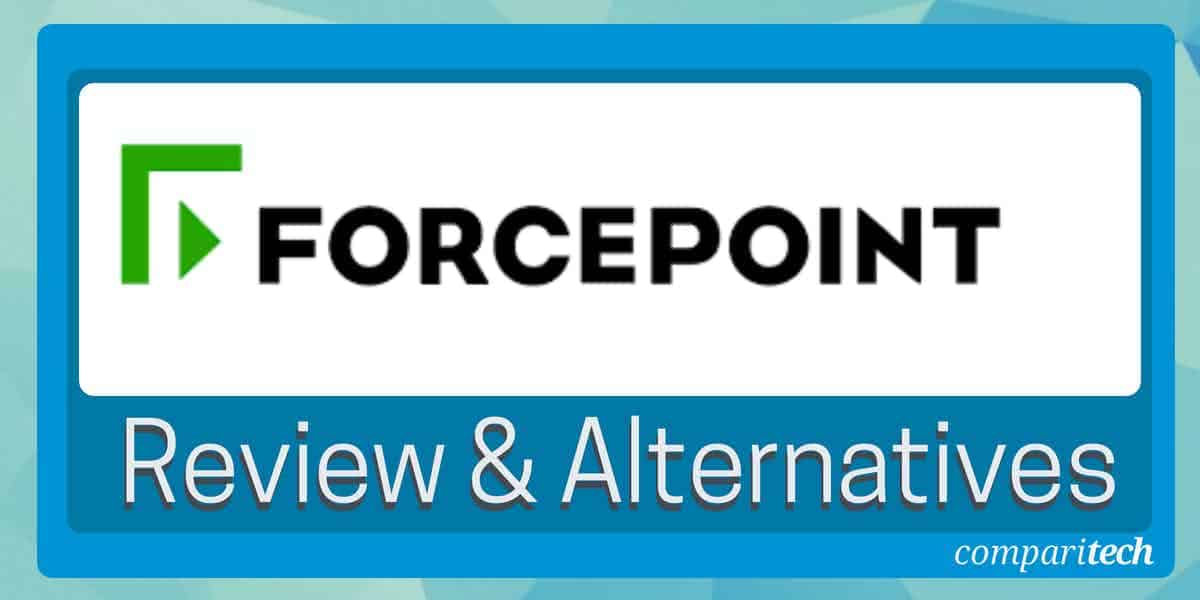
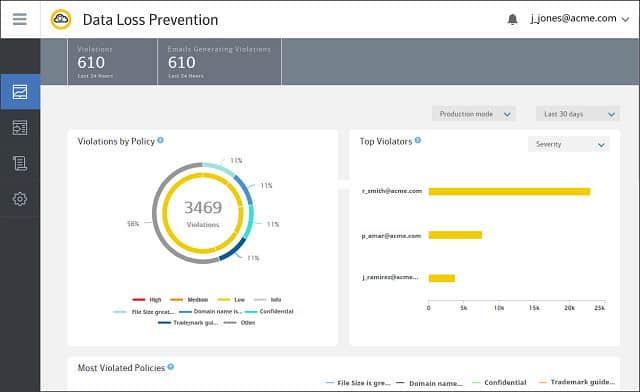
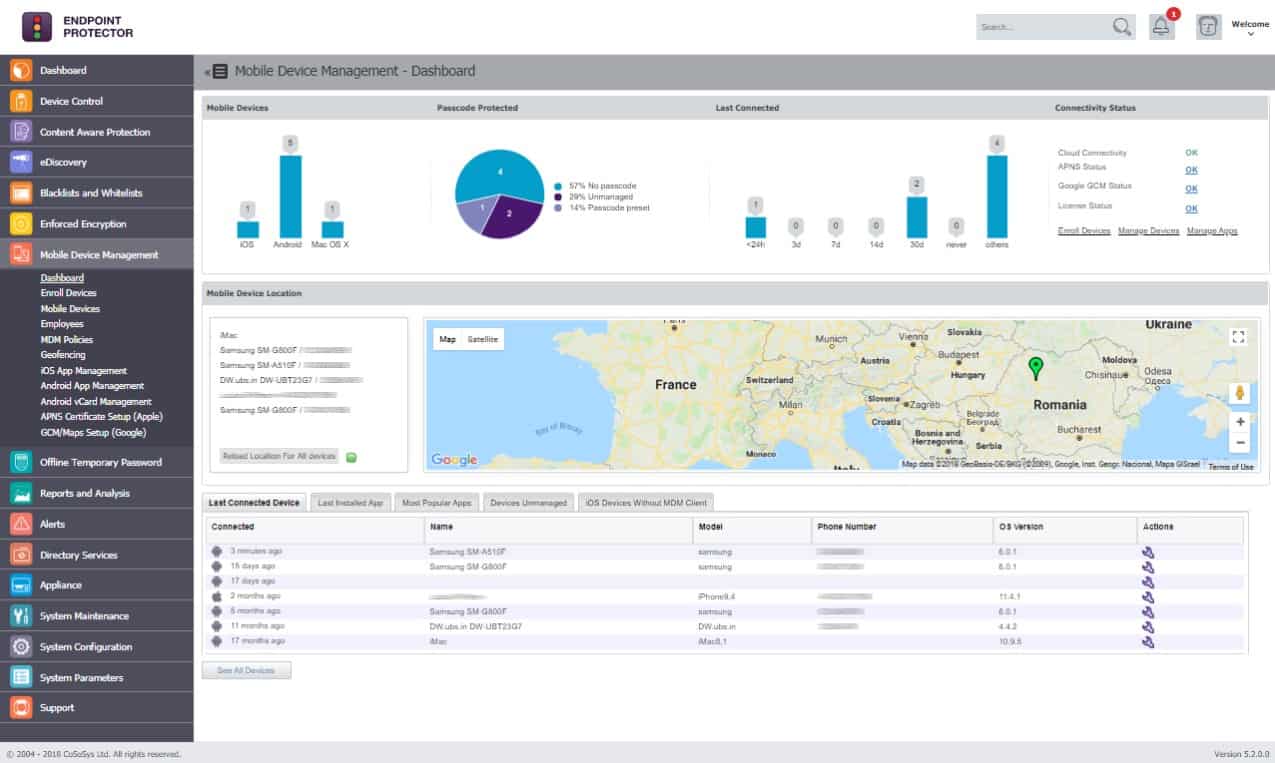

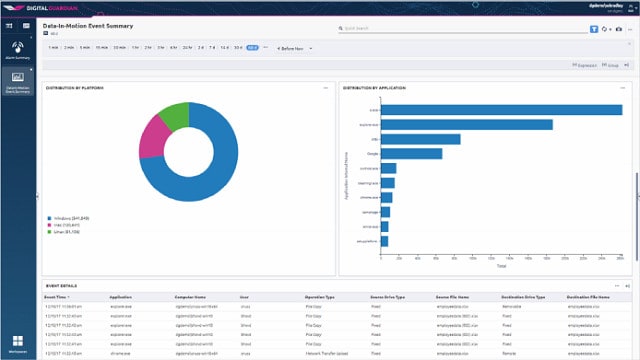
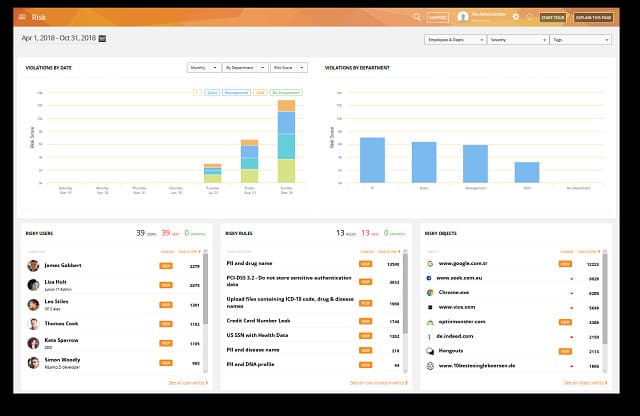
0 Commentaires